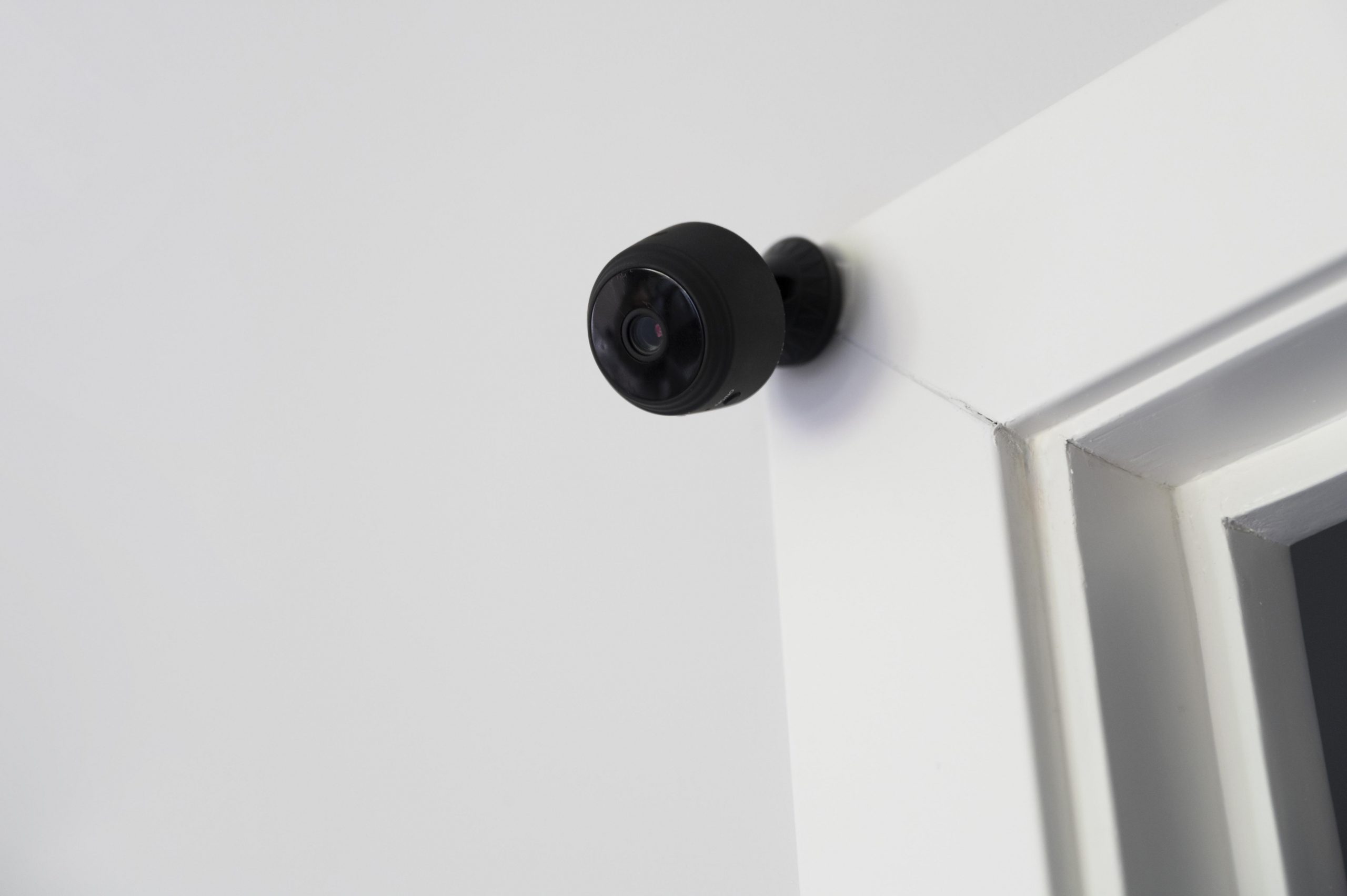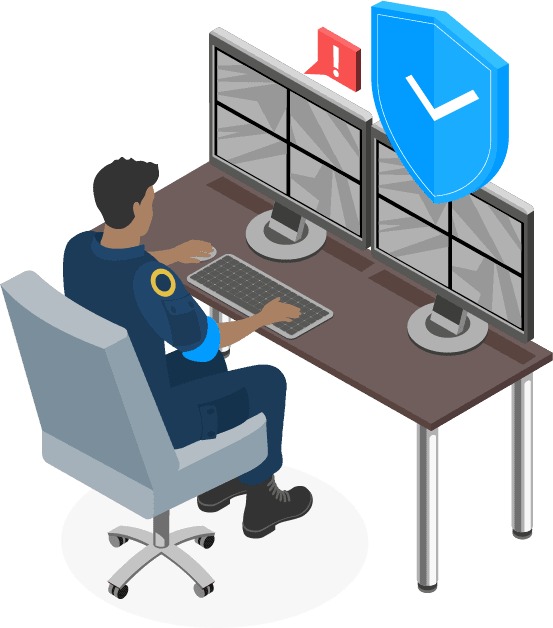Security systems
Security camera: Smart security cameras hook up to Wi-Fi, enabling us to livestream footage of our system remotely and receive notifications when our cameras detect movement, people, or packages. Many cameras include infrared or color night vision, cloud or local storage, and two-way audio, which allows us to speak to whoever is on camera. Some cameras also have smart platform integrations such as Amazon Alexa or Google Assistant.
Motion sensor: Motion sensors should be placed in a main entryway or hallway on the ground floor of a home so that they can detect motion and alert us when our system is armed. Some motion sensors are sensitive to pets, so they don’t go off every time our dog walks by.


Professional Monitoring
Many physical systems also come with other services such as 24/7 professional monitoring or cellular, landline or battery backup, which keep the system on during a power outage.
Alarm systems are rarely connected directly to emergency services dispatch centers. Instead, an alert first goes to the alarm company’s monitoring center, which determines whether emergency services need to be called. Typically, when the monitoring center receives an alert, they place a phone call to the number(s) on file. If that call is answered, the center employee asks for a “safe word” or password to confirm that the person is not under duress. If the call is unanswered or the safe word is not given, the monitoring center will contact the appropriate emergency services dispatch center for fire/police/medical assistance.

